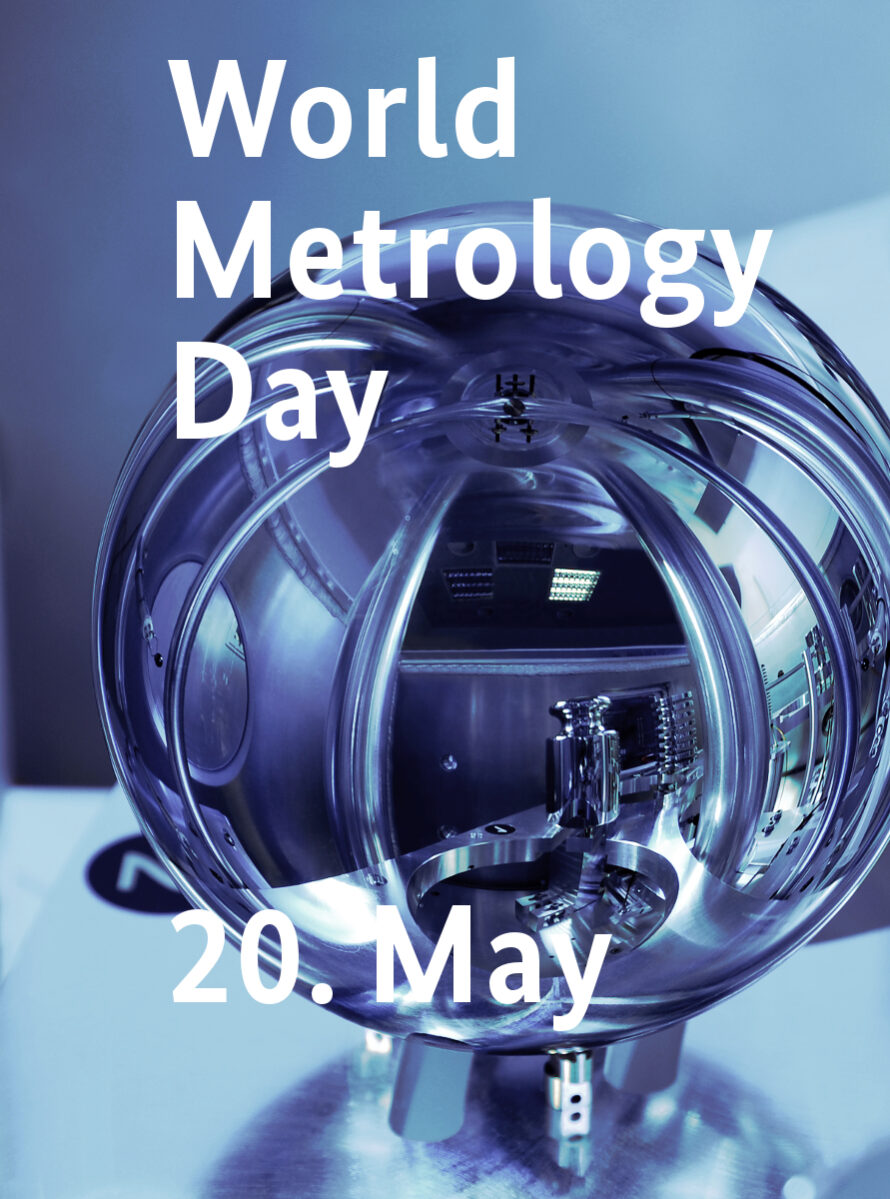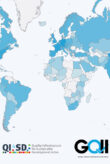The focus of World Metrology Day (20 May) is the fundamental change in the International System of Units.
As of today, no one can say how much the small platinum cylinder in a safe in Sèvres near Paris is worth – yet, for over a century, this object has told the world what a kilogram is. Very soon, however, its value will simply be determined by the market value of platinum, as the world of precise measurement is about to undergo a fundamental transition. In the future, physical units such as the kilogram, the unit of mass, and the kelvin, the unit of temperature, will be placed on the most stable foundation imaginable by basing them on fundamental constants. The goal of this year’s World Metrology Day (on 20 May, as every year) is to make the general public aware of this transition. Exactly one year later, on World Metrology Day 2019, the new System of Units is set to enter into force. The Physikalisch-Technische Bundesanstalt (PTB), which, as the national metrology institute of Germany, is the supreme authority in all issues related to measurement, has a crucial role in researching and communicating this fundamental change.
Although there may be a great deal of disagreement in the world, people can still agree to use the same measures to perform measurements. In a globalized world, this wish is a highly sensible one – and not just in an economic sense. It was with this in mind that, to date, around 100 countries (representing around 98 % of the gross world product) have signed the corresponding treaty – the so-called Metre Convention – or become involved as associate members. The long tradition of this treaty goes back to 1875 (on 20 May, in fact!), when the first 17 countries signed it, among them Germany (as well as the then Kingdom of Bavaria).
Each country was then provided with the community’s measures, meaning the original prototypes of the meter and the kilogram, or highly precise copies of these “sacred” objects. However, what initially seemed like the ideal way to achieve harmonization in international measurement proved over time to be a rocky road. Since all (large) objects in this world change, so too do material measures such as the kilogram cylinder – but only if we look very closely.
If anyone has mastered the art of looking closely and measuring precisely, it is the world’s metrologists. With this in mind, the countries of the Metre Convention decided many years ago to place the units on a more solid foundation. After all, the kilogram is not the only measure that was and is affected by this instability – the same is true of the units of temperature (the kelvin) and electric current (the ampere). To date, the kelvin has been based on a very precise isotopic composition of the water used, and the ampere is based on a highly idealized definition of two conductors of infinite length. All of these units require a new, more reliable basis – and the current shortcomings of the kilogram, the kelvin and their associates can indeed be remedied. Over the past several years (or, in some cases, decades), the world’s metrology laboratories have devoted a great deal of work toward achieving this goal. These »measurement artists« have thoroughly explored nature’s secrets and measured the values of certain fundamental constants according to every trick in the book. These fundamental constants, which include Planck’s constant and the Boltzmann constant, are to be used to define the units in a more stable way, thus making them ready to stand the test of time. (An attempt to explain what these constants are and why they are so popular among metrologists can be found (in German) on PTB’s website; see »Further information« below.)
The measurements performed in these laboratories are now finished, with seven fundamental constants having been assigned fixed values. This will allow units such as the kilogram, the kelvin and the ampere to look forward to stability and universal validity. After all, if fundamental constants do not change (or at least not in a way that is relevant for everyday life), then the units on which they are based will also be invariable. Moreover, in a very general sense, the units will be “universally intelligible”, since the fundamental constants are valid not only on our little planet, but everywhere and for all eternity – throughout the universe and for all times. The path to a fundamentally revised system of units (one which, incidentally, will require all school books to be rewritten) will lead to a meeting in Versailles of all countries in the Metre Convention; there, in all likelihood, they will pass the modification of the system of units. After that, the new System of Units is planned to come into force on World Metrology Day, 2019. The meter and the kilogram, children of the French Revolution, will then fulfill the aspiration of that era (»A tous les temps. A tous les peuples.«) in a completely new way.








